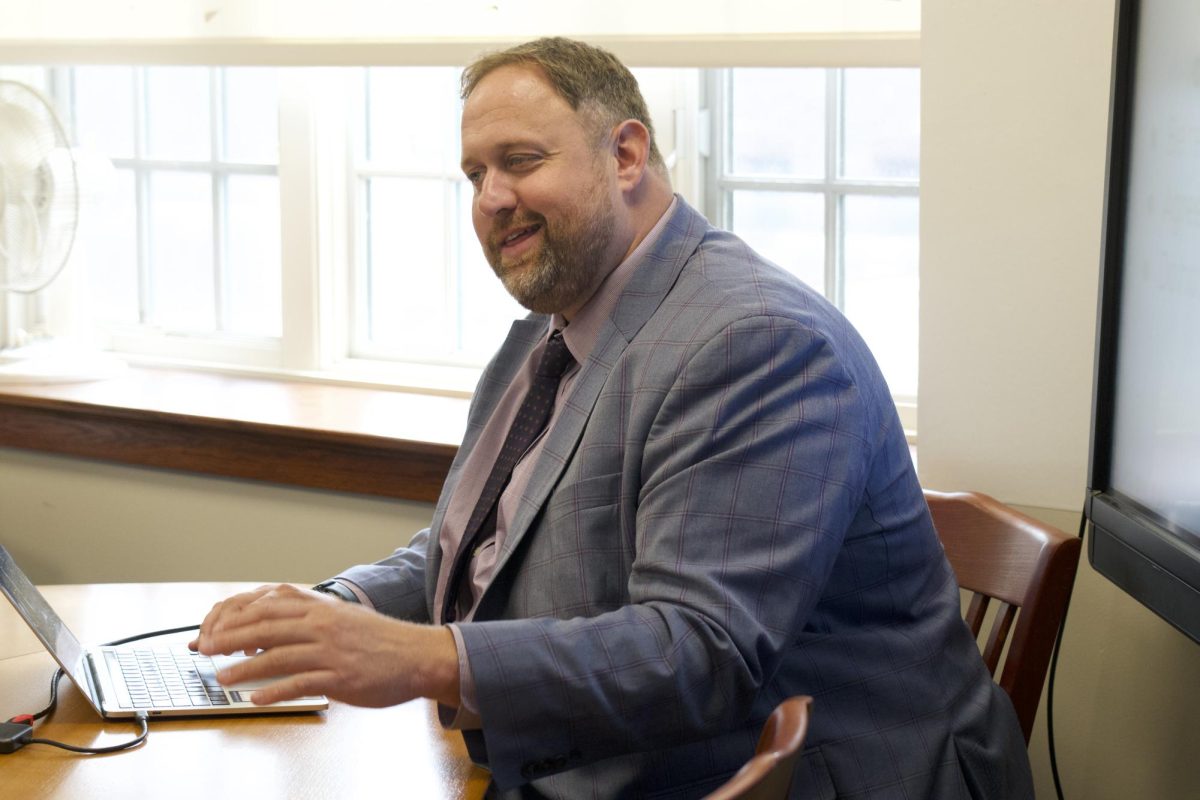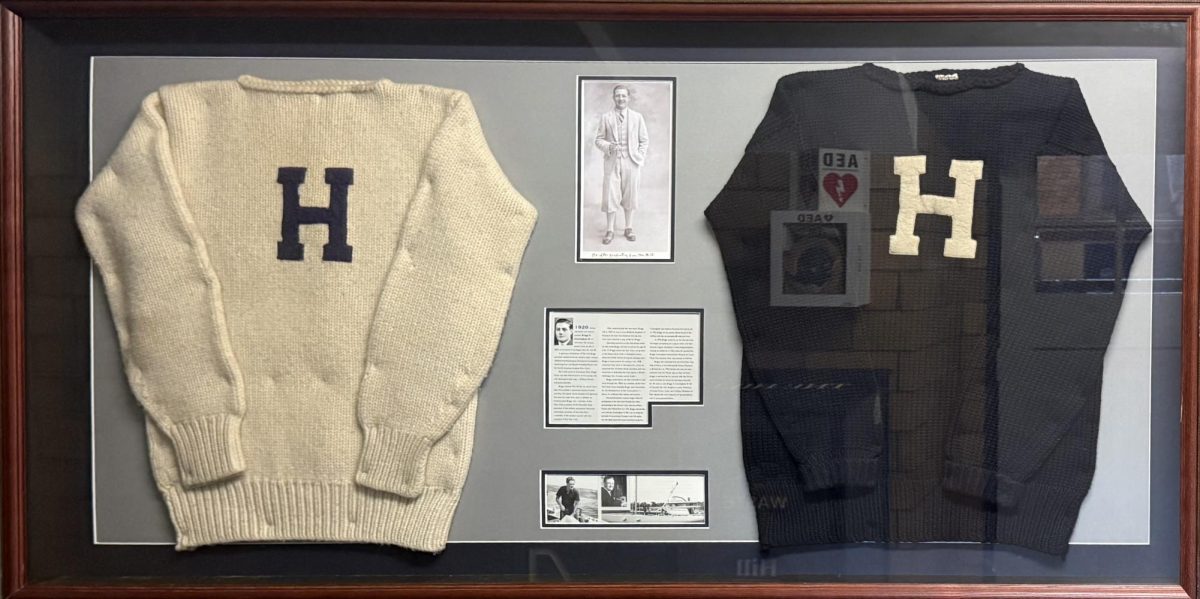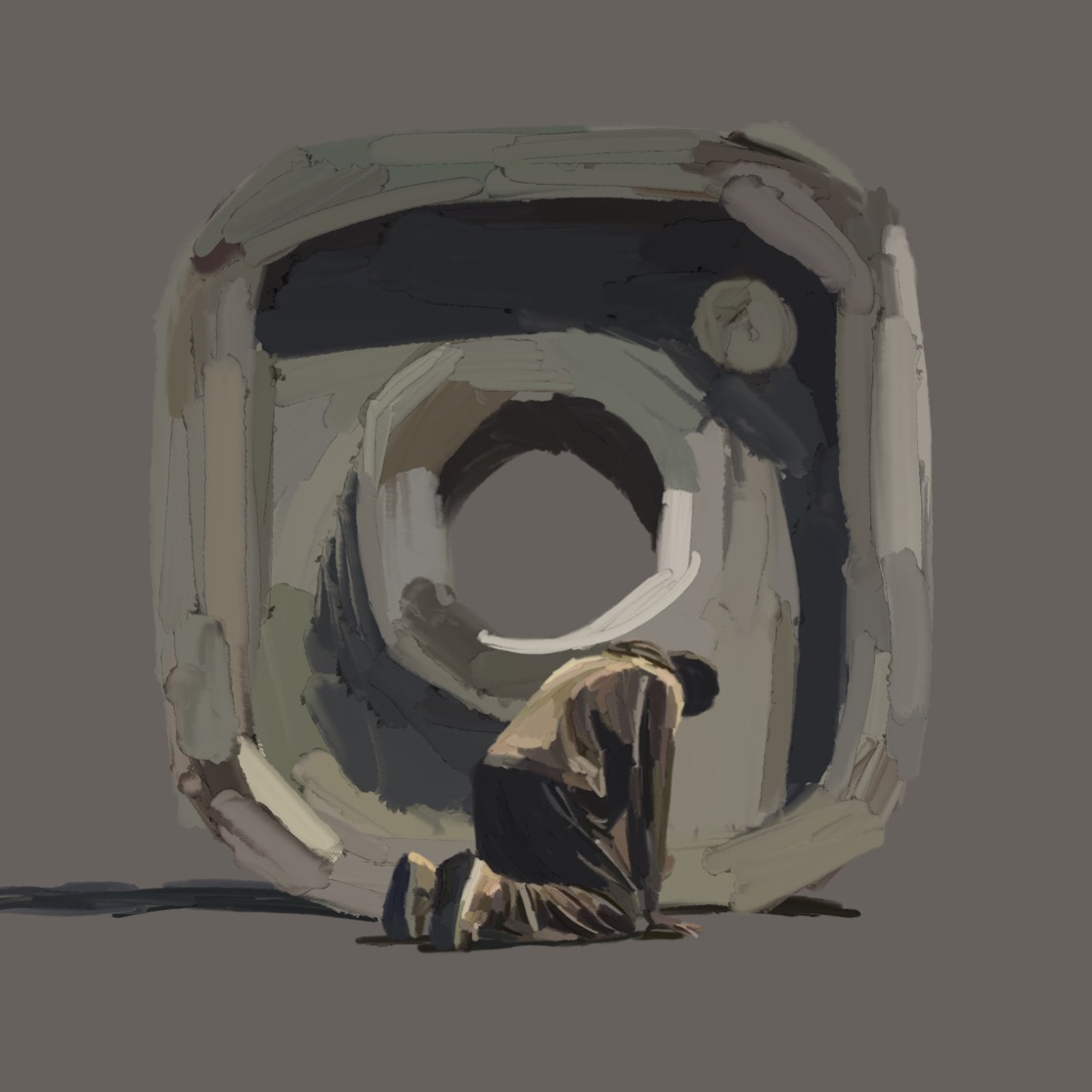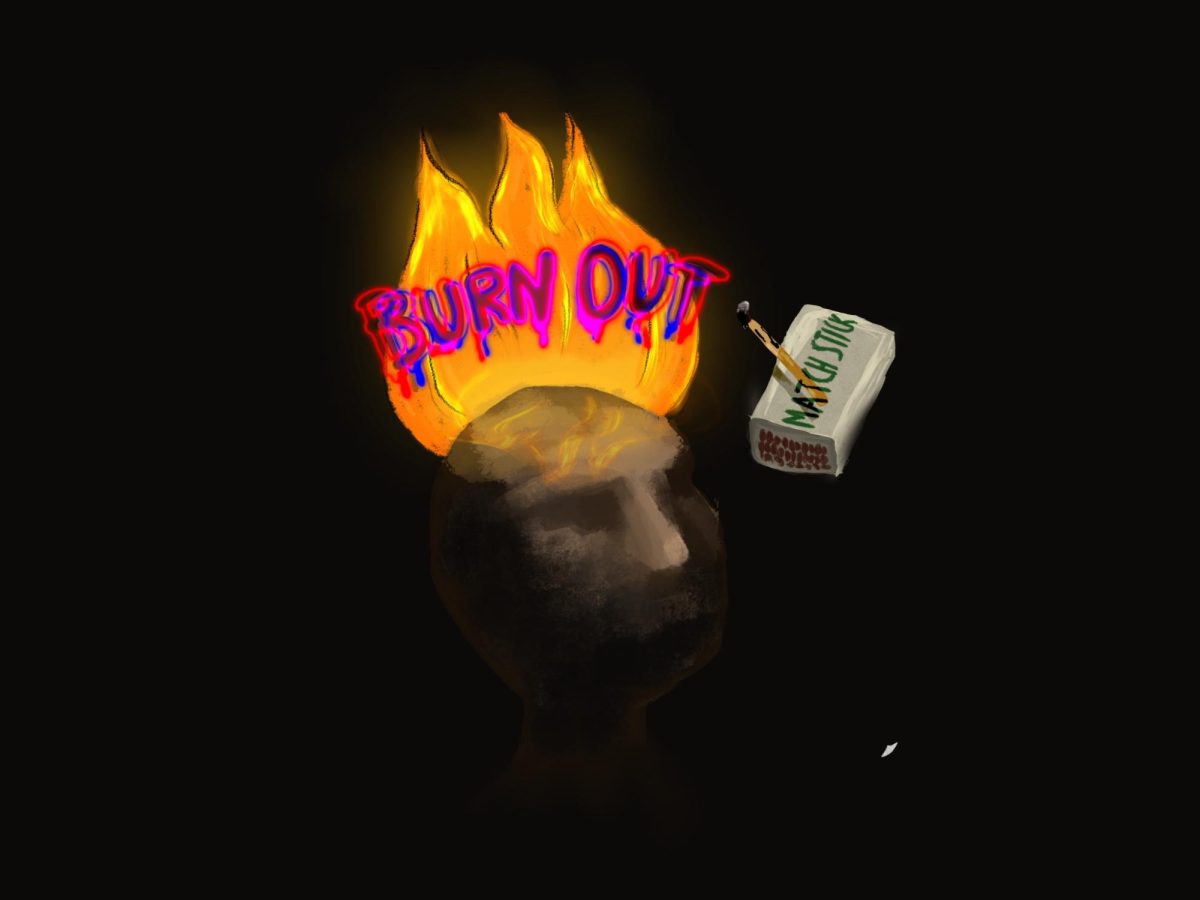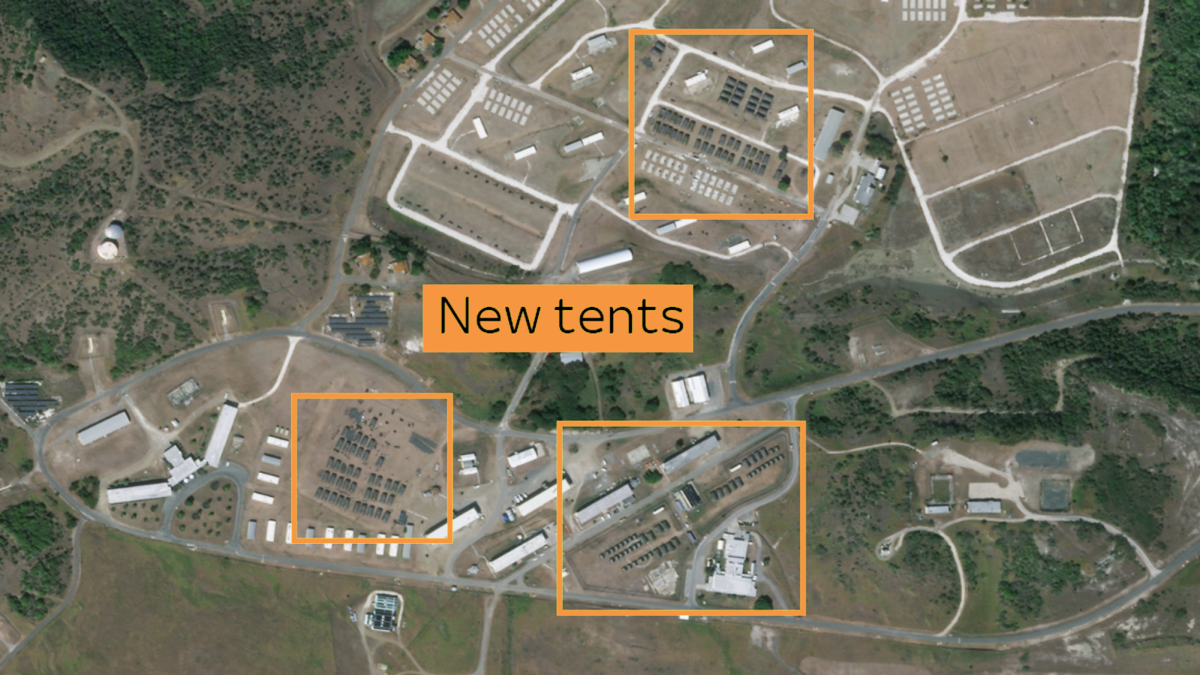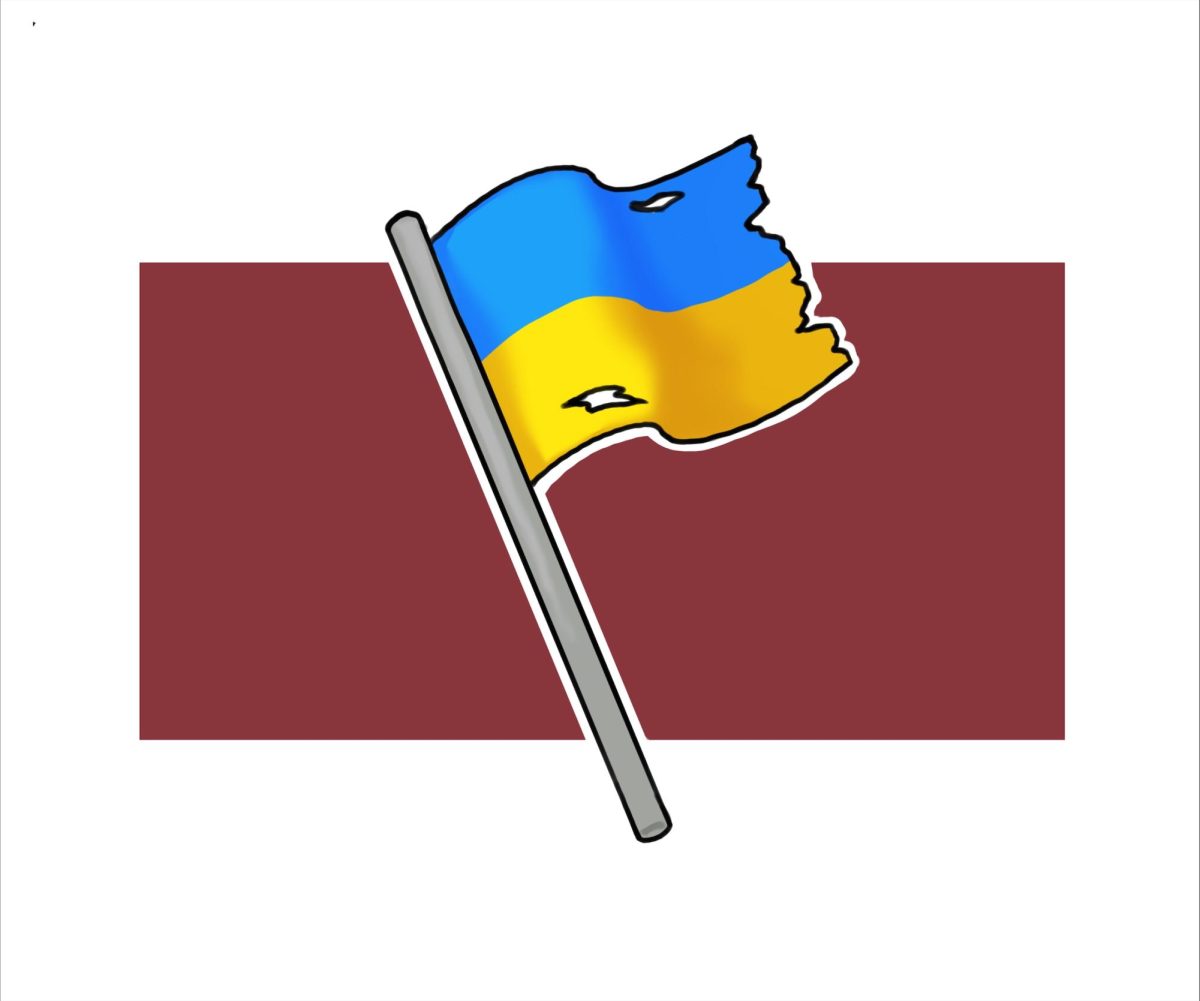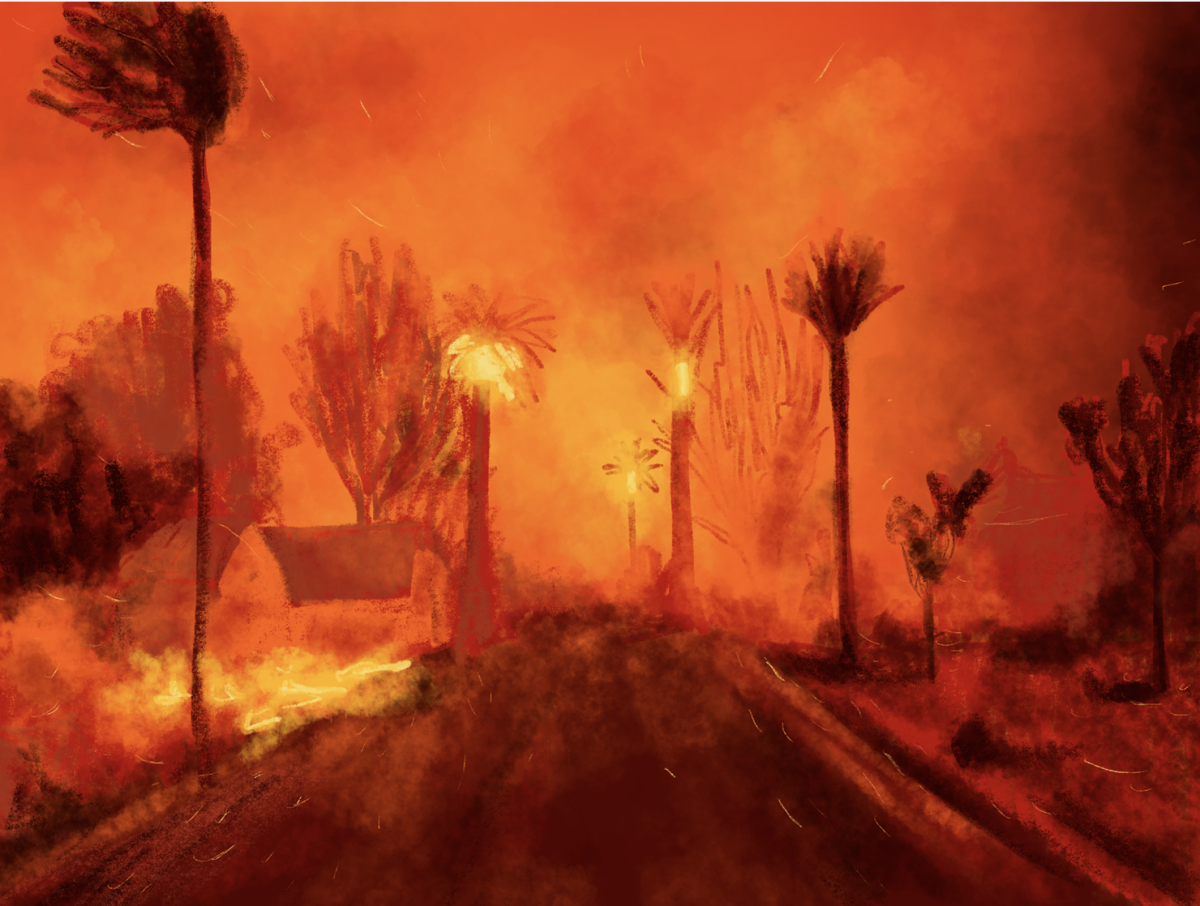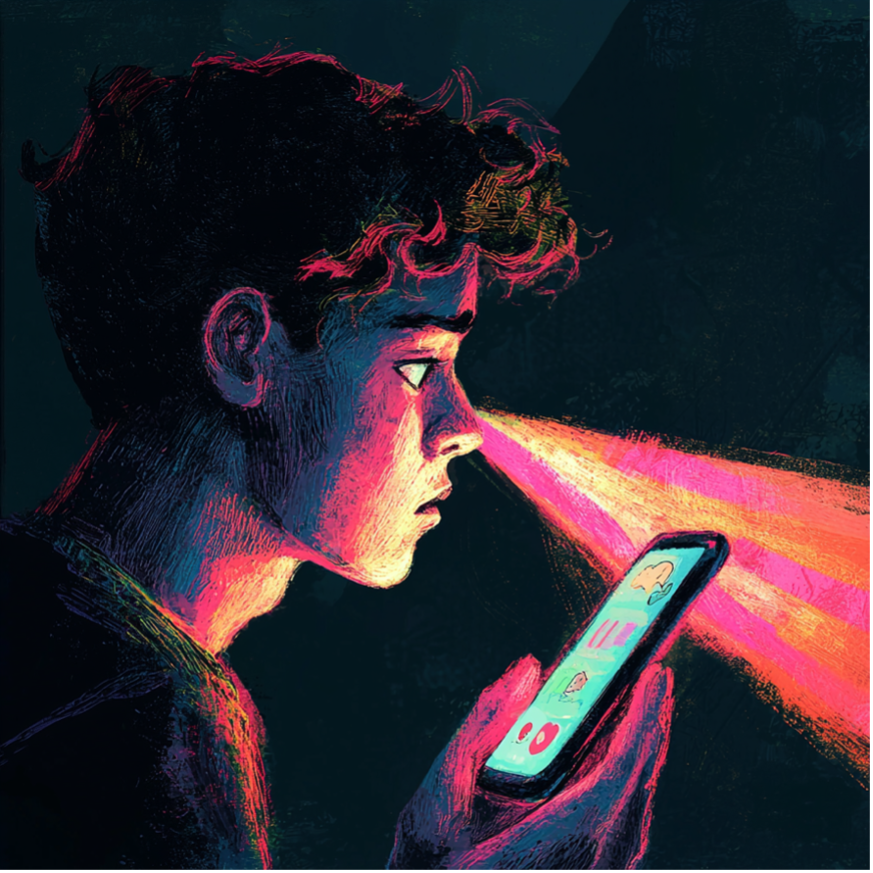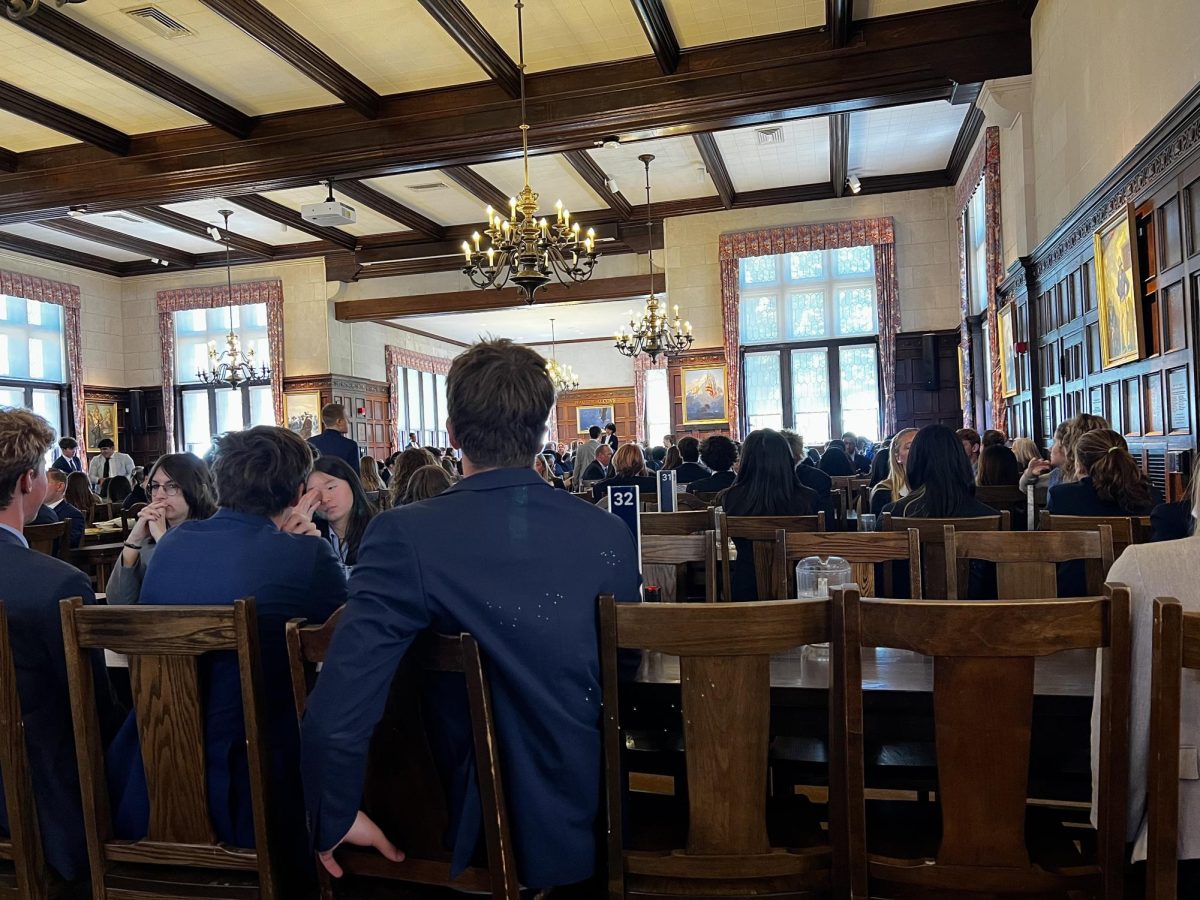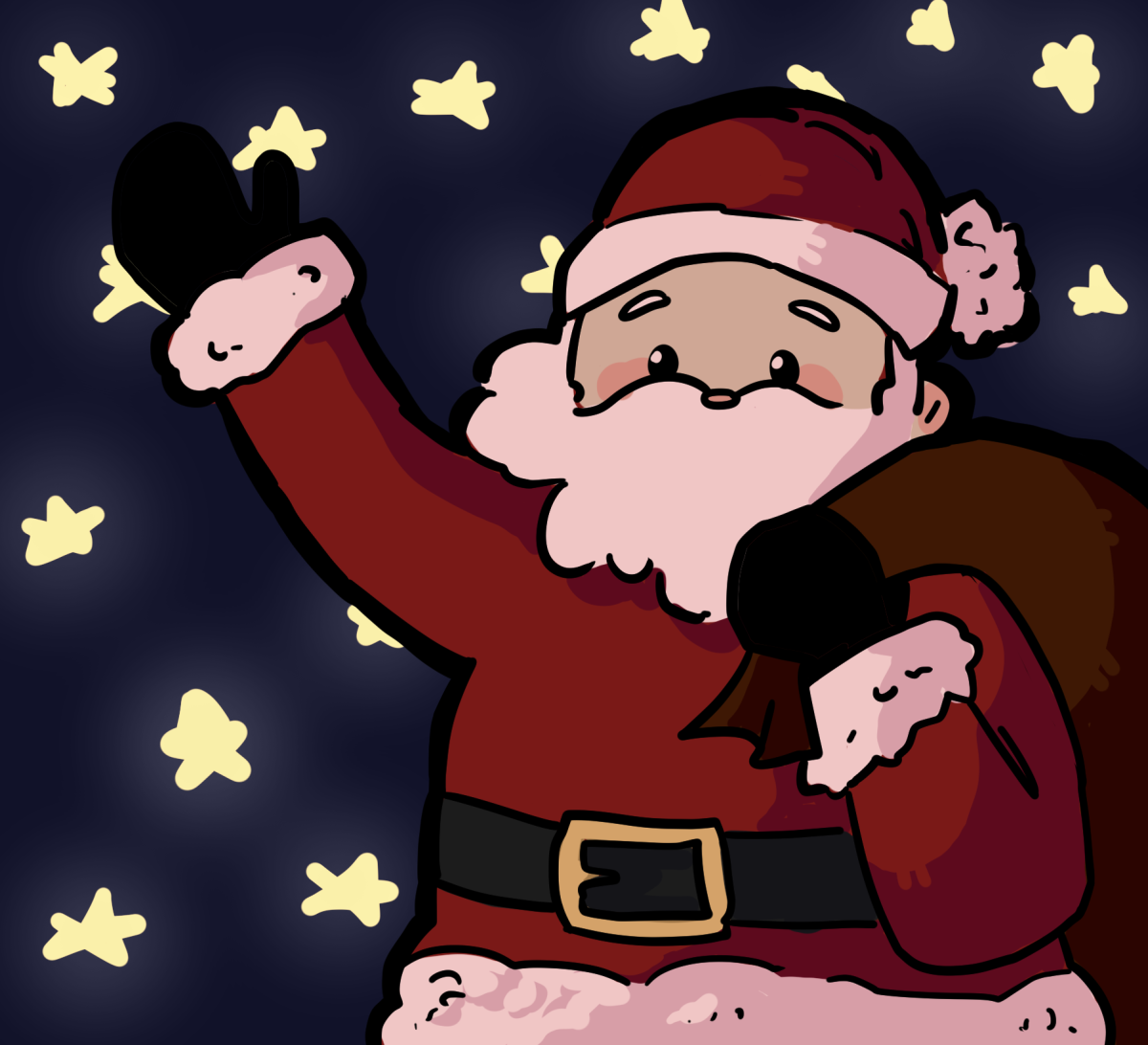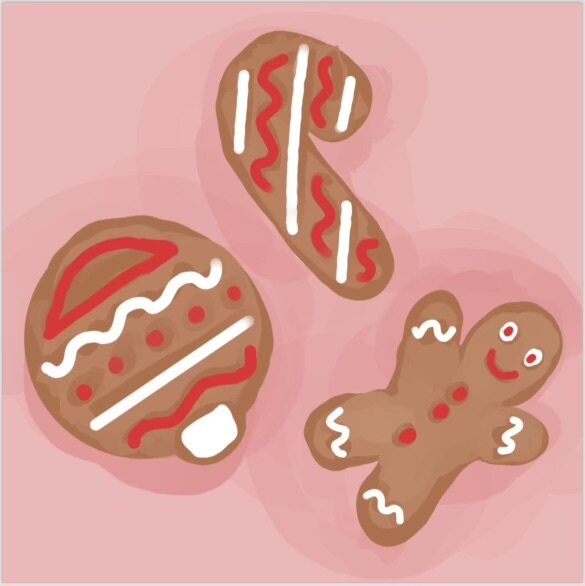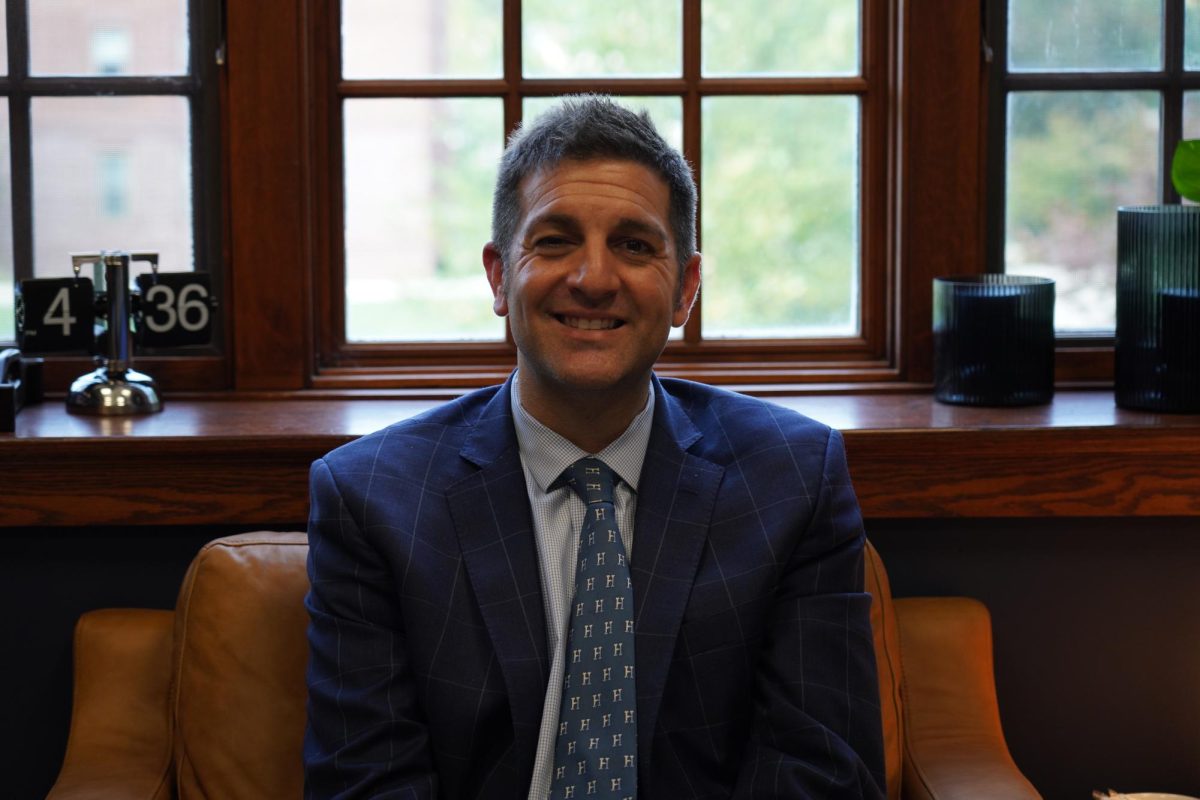Beginning on the evening of January 7th, the Palisades and Eaton wildfires began to burn rapidly across Greater Los Angeles. Today, the fires are still regarded as some of the deadliest wildfires in California especially in relation to property destruction. Beyond their immense environmental impacts, the wildfires socially impacted humans by displacing people, obliterating homes, and destroying many public spaces.
Near Altadena, the deadly Eaton fire had burned over 14,000 acres across multiple mountainous communities by the middle of January. In addition to those being displaced and evacuated, many people had to deal with the mental burden of an erupting fire that inched closer and closer to them.
One high school junior from Glendale recalled, “Mentally, I was terrified because you don’t really think something like this would ever actually happen to you. Between watching the news all day and seeing all the updates from watch duty, I honestly was too scared to fully go to sleep. I had alarms set for every hour in the night so I could wake up and check the status of the fires.”
From losing sleep to being constantly consumed by fear, many people dealt with the turmoil of the fires from afar. For many, it was difficult for them to find time to rest or relax knowing that the fire could destroy their community at any time.
Similarly, the Palisades fire, which burned over 23,000 acres, erupted through the Pacific Palisades community and headed toward Malibu. The fire quickly spread, with tens of thousands of people being forced to evacuate. Significantly more destructive than the Eaton fire, many people lost all their possessions and belongings as they fled the area. Beyond the immediate impact, people as far as Thousand Oaks began to feel the psychological impact of the fire.
While Thompson was a considerable distance from the fire, she was already prepared to prepare to evacuate if ordered to do so. With the mental burden of having to leave everything she owned behind, she thought, “If my house goes up in flames, what am I going to bring? There is nothing that can completely replace all the memories my belongings hold. After moving frequently, this house has come to mean so much to me. If the fire burns through my town, what am I going to do?”
Within the Hill community, Caoilin Thompson ’25 claimed that her mental stress increased as “I couldn’t be at home to support my family. I was also worried since my parents had all of our things packed because we were originally going to have to evacuate but thankfully the fires stopped before they got too close to our house.”
Even being far away from the fires physically, Thompson grew more worrisome for her family as the fires continued to spread. In fact, not being in the Palisades area in person increased her stress as she did not know how the conditions were changing.
In order to keep Thompson up to date, she describes, “I would get sent pictures from my parents, and the sky by our house would be orange no matter the time or day, and the ash even reached our house.”
Even though Thompson was not able to do anything physically, she continued to remain vigilant and informed on how the wildfires were affecting her family and friends. Therefore, it created a more amplified sense of stressfulness as she had to continue to navigate life at Hill.
In terms of the physical impacts, Thompson believes that the raging fires will have a long-term physical impact on the Los Angeles communities due to the extent of their destruction.
In particular, Thompson claims, “It’s going to take years to rebuild the palisades and all the houses and damage to the areas affected, I mean Pali High School burnt down to the ground and I feel awful for all my friends that go there that they basically have to do school like we did during covid and can’t even enjoy their campus.”
With many schools and commercial areas burning down, people will need to adopt new ways of living as well as find alternative places to stay. Even institutions, as Thompson mentions, will have to seek new ways of teaching students while they find ways to find funding and eventually rebuild. Beyond that, many students will likely suffer the mental impacts of temporarily adjusting to virtual learning as they wait for the rebuilding of the physical campus.
Although the Los Angeles wildfires were extremely destructive, many local communities have come together by creating funds, offering services, and hosting concerts, to raise money for restoration.
One junior in Glendale claims, “In one of the shops that I frequently go to, there were a few racks that had free clothes for those affected by the wildfires, and I just loved to see how supportive people have been. I’ve seen so many images and videos on the news where many places are just flooded with volunteers and donations.”
Los Angeles communities have demonstrated that while the wildfires may have displaced and significantly impacted many people, they are a supportive and resilient community that can come together during difficult times. While it may take years for the Pacific Palisades and Altadena communities to bounce back, they are doing so as a collective unit.
Collective trauma will continue to rest with L.A. area communities as they put burned buildings behind them and build toward a newly renovated home for all. The weight of natural disasters is heavy, and the families affected will undoubtedly see the memories of flames passed down for generations to come, working toward proactive solutions for the environment and improved reactive measures for future incidents.
As Thompson says, “In a tight-knight community, you are dealing with other people’s trauma [from the wildfires] and thinking about others having to deal with their homes.”

